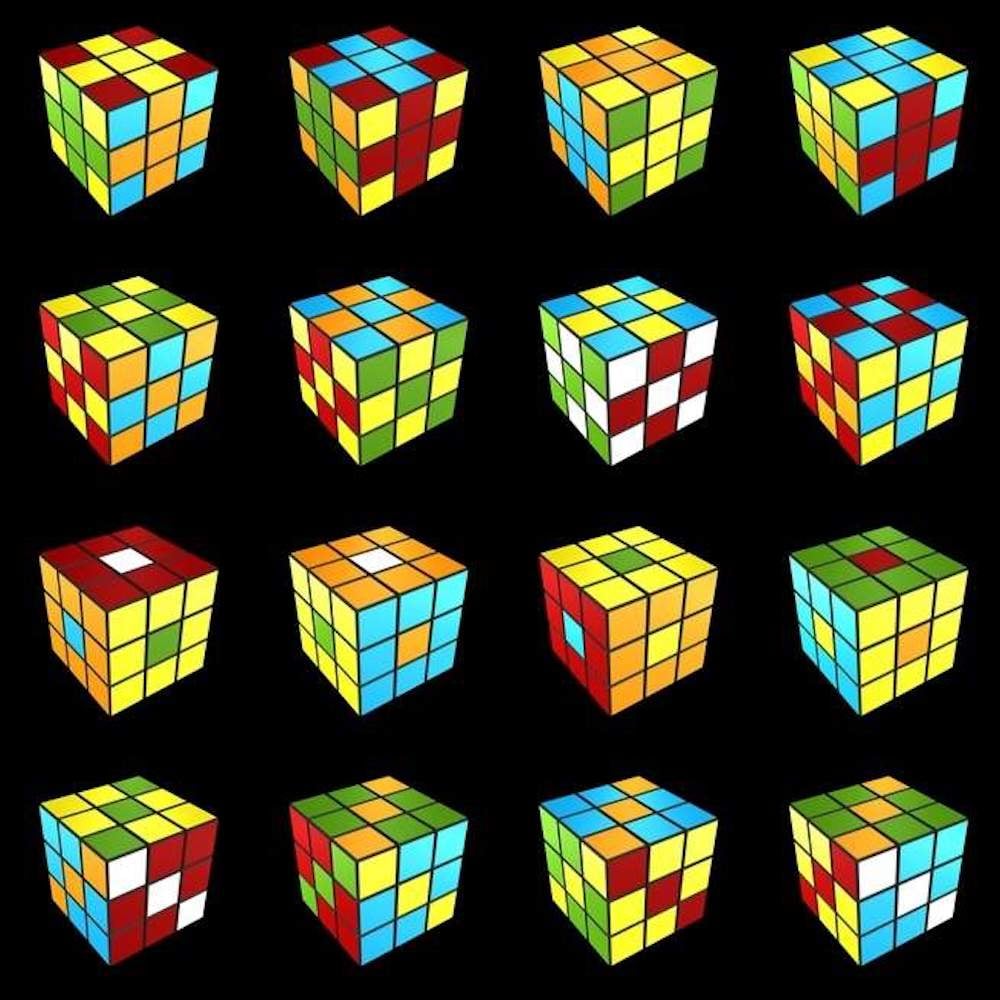The geometric zen of solving Rubik’s Cubes

I’ve never been a great fan of Rubik’s Cubes (or chess, or crossword puzzles, or Scrabble, or most obsession-rewarding, intelligence-test-ish popular puzzle games), but it is rewarding for me to read about the cubes and the people who find themselves in solving the puzzle. (It’s still a $250-million-a-year product! The greatest selling single toy of all time.)
Once you’ve defined your goal—”I want to align this orange face with this other orange face”—you can follow a series of steps to accomplish it. An ease with algorithms, they note, is increasingly important in a world dominated by science, technology, engineering, and math, or STEM. The logic of the Rubik’s cube has, after all, been used by software developers to craft encryption schemes for software for decades. It has 43 quintillion possible combinations—and only one solution.
Puzzling out this 3-D game can also help students hone their spatial thinking skills, according to the presenters. And spatial thinking skills are intimately connected to success in any STEM field. “To think spatially,” the National Academies of Science, Engineering, and Medicine write, “entails knowing about” space, representation, and reasoning. This is the kind of knowledge we tap into every day, when timing our commutes or taking detours, reading maps, and, yes, solving Rubik’s cubes.
Maybe I should give that old cube another try.





Stay Connected